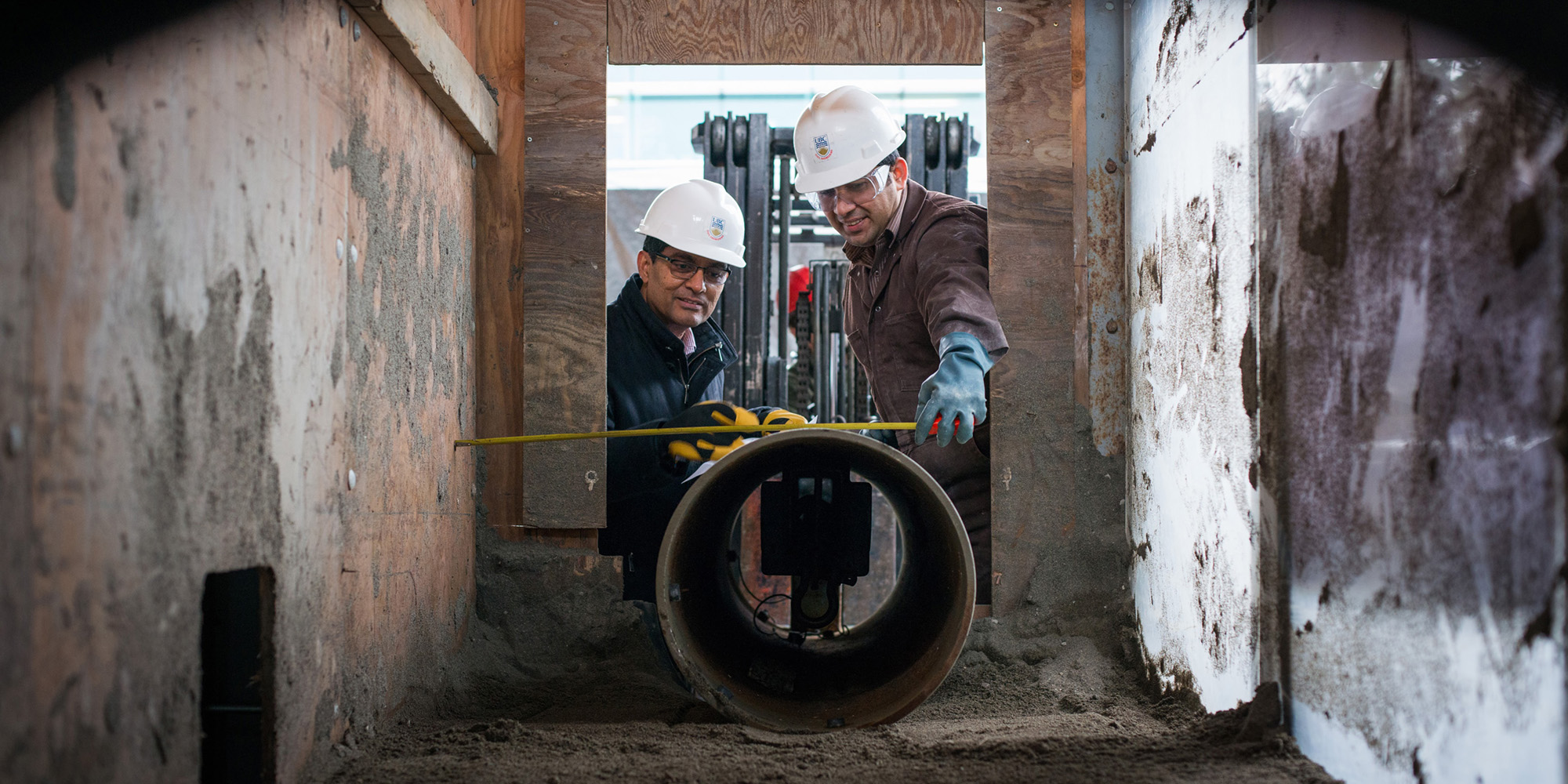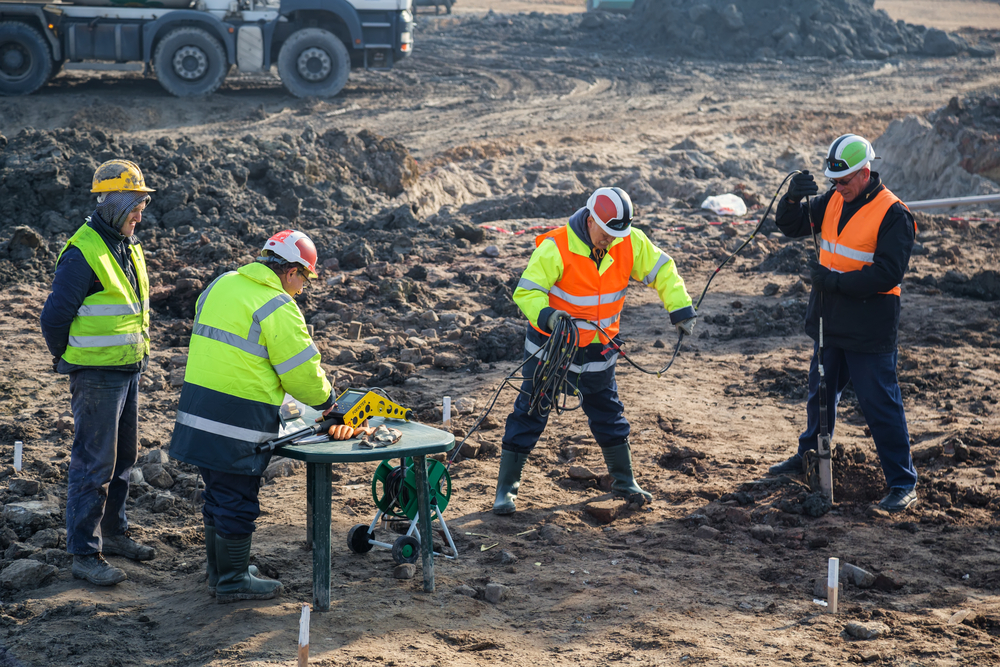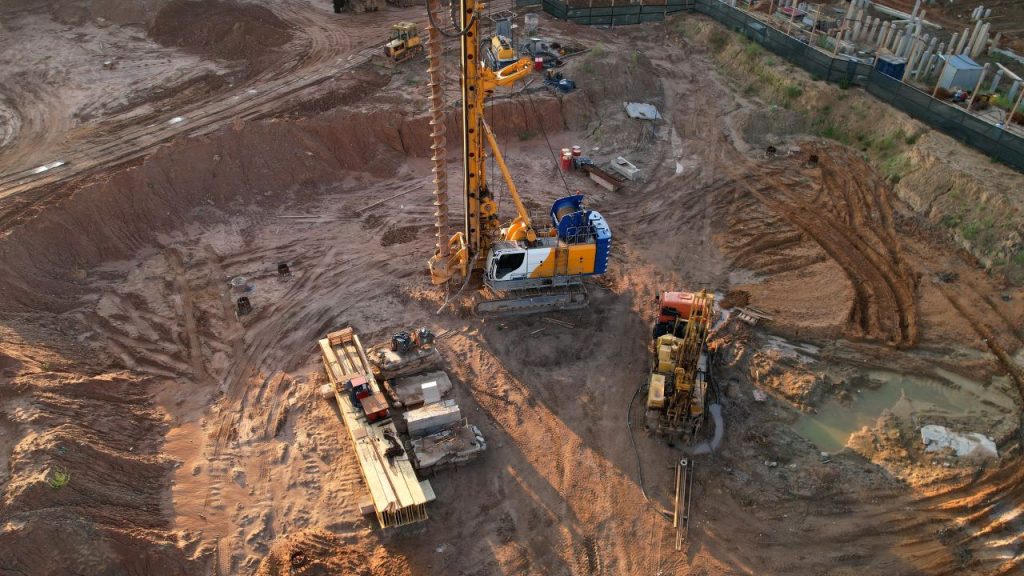Why the Geotechnical Industry Requirements Innovative Solutions Currently
Why the Geotechnical Industry Requirements Innovative Solutions Currently
Blog Article
The Necessary Contributions of Geotechnical Engineers in Assessing Dirt Actions and Structure Style for Lasting Infrastructure Advancement
Geotechnical designers serve as a cornerstone in the realm of sustainable framework advancement, where their experience in assessing soil behavior directly influences the safety and security and durability of structures. By employing advanced techniques such as Typical Infiltration Examinations and Cone Infiltration Screening, they carefully review soil properties, leading to informed decisions on foundation design.
Duty of Geotechnical Engineers

In enhancement to website investigations, geotechnical engineers review prospective risks such as soil liquefaction, incline stability, and groundwater concerns. They use innovative design concepts to establish services that reduce these risks, guaranteeing that designs adhere to relevant codes and criteria. Their job commonly entails collaboration with various other design disciplines, engineers, and ecological scientists to develop integrated approaches to framework development.
In addition, geotechnical designers contribute to sustainable methods by promoting making use of materials and approaches that minimize environmental influence. Via their detailed understanding of soil mechanics and geology, they play an important duty in promoting secure, resilient, and lasting facilities that satisfies the requirements of society while safeguarding the setting.
Soil Behavior Assessment Techniques
Recognizing soil actions is essential to educated decision-making in geotechnical engineering, as it directly influences the style and construction processes. Various analysis techniques are employed to examine soil buildings, ensuring exact predictions of its performance under different loading conditions.
One primary method is the Basic Infiltration Examination (SPT), which supplies insights into soil density and consistency through the resistance experienced throughout penetration. Similarly, Cone Infiltration Screening (CPT) provides a constant account of dirt stratification and in-situ toughness specifications, enabling an extra in-depth understanding of subsurface problems.
Laboratory examinations, such as Atterberg limits, unconfined compressive strength, and triaxial examinations, are necessary for identifying soil behavior under controlled conditions. These examinations promote the determination of critical criteria, including shear stamina, compressibility, and leaks in the structure.

Structure Style Principles
Foundation design principles are important for guaranteeing the stability and long life of frameworks, as they determine just how tons are sent from the superstructure to the underlying dirt. These concepts incorporate numerous considerations, consisting of load-bearing ability, settlement, and lateral stability. A comprehensive understanding of dirt mechanics is essential for geotechnical designers to examine the interaction between the foundation and the soil.
One key principle is the proper selection of structure kind, which may include superficial visit here foundations, such as spread grounds, or deep structures, like stacks or caissons, relying on soil problems and architectural loads - geotechnical industry. The foundation has to be developed to reduce differential negotiation, which can cause structural damage

Sustainable Infrastructure Practices
Just how can we effectively incorporate sustainability right into infrastructure methods? To accomplish this, it is important to embrace an alternative approach that stresses the relationship in between geotechnical design and environmental stewardship. Lasting facilities techniques begin with detailed site analyses, which review soil behavior, local ecological communities, and resource availability. By comprehending these aspects, designers can establish layouts that reduce ecological effect while enhancing reference product usage.
In addition, employing innovative building and construction methods, such as making use of recycled materials and low-impact foundations, dramatically reduces the carbon impact of facilities jobs. Geotechnical engineers play an essential function in picking suitable products that boost durability and sustainability, such as utilizing geo-synthetics to boost dirt security and lower erosion.
Furthermore, lasting infrastructure practices call for recurring tracking and upkeep to make sure that structures remain resilient gradually. This consists of applying flexible administration strategies to deal with possible environmental adjustments. Partnership among stakeholders-- consisting of engineers, local neighborhoods, and policymakers-- is critical for incorporating sustainability objectives into job preparation and execution. Eventually, these methods not only add to the longevity of structures however likewise promote a healthier setting, lining up infrastructure advancement with broader sustainability purposes.
Study and Applications
Study in geotechnical design give important insights right into the useful applications of dirt actions and sustainable facilities practices. One remarkable instance is the building of the Burj Khalifa in Dubai, where substantial dirt screening and evaluation were carried out to examine the special obstacles presented by the region's loosened sand and high water table. Geotechnical designers used advanced strategies such as vibrant penetrating and cone infiltration testing to establish the dirt's load-bearing ability, inevitably bring this page about the style of a deep structure system that sustains this famous structure.
One more important case is the removal of the San Francisco-Oakland Bay Bridge after the 1989 Loma Prieta quake. Geotechnical analyses disclosed the demand for dirt stablizing techniques, including grouting and soil nailing, to enhance the seismic strength of the structure. These treatments not just enhanced the bridge's security however likewise added to its long life and sustainability.
Such situation studies exemplify just how geotechnical designers play a crucial function in recognizing soil behavior and applying cutting-edge remedies to make certain the architectural integrity and sustainability of framework projects. geotechnical industry. Their expertise is necessary in addressing the facility challenges presented by numerous dirt conditions throughout diverse geographical places
Final Thought
To conclude, the contributions of geotechnical engineers are crucial for the evaluation of soil behavior and the design of foundations, which are crucial for sustainable infrastructure growth. With the application of advanced testing methods and cutting-edge products, these experts make sure the stability and safety of structures while reducing ecological influences. The combination of sustainable techniques promotes durability in facilities jobs, highlighting the importance of cooperation among stakeholders to attain efficient building and construction remedies that satisfy both societal and ecological demands.
Geotechnical designers serve as a keystone in the world of lasting infrastructure development, where their knowledge in evaluating dirt behavior directly influences the safety and durability of frameworks.Geotechnical designers play a vital function in the style and building and construction of facilities by assessing soil and rock behavior to guarantee security and security. An extensive understanding of soil mechanics is vital for geotechnical designers to evaluate the communication in between the structure and the dirt.
Geotechnical assessments exposed the need for soil stablizing methods, including grouting and dirt nailing, to enhance the seismic resilience of the foundation.In conclusion, the payments of geotechnical engineers are crucial for the analysis of dirt behavior and the design of foundations, which are essential for sustainable facilities development.
Report this page